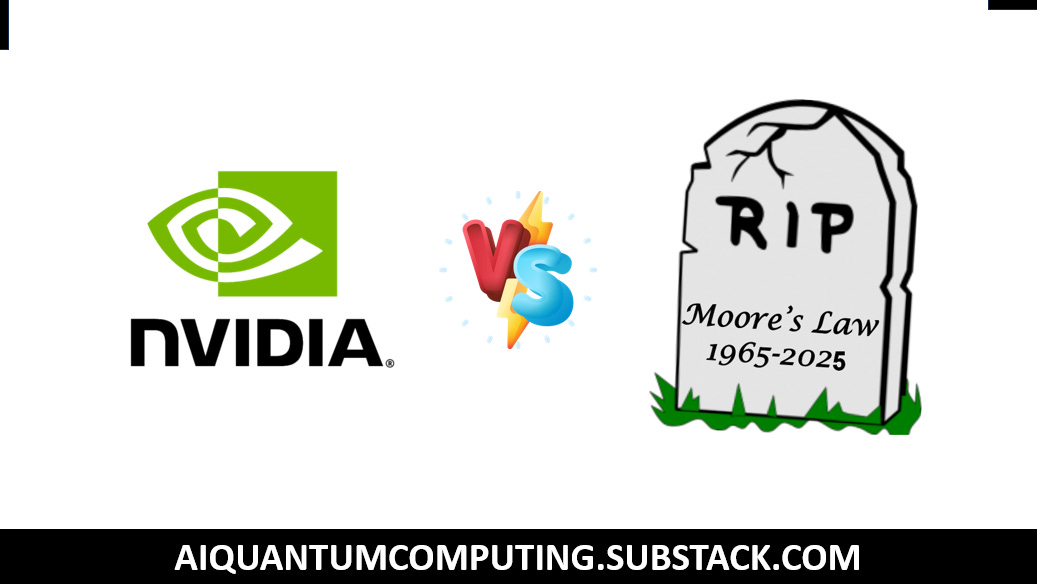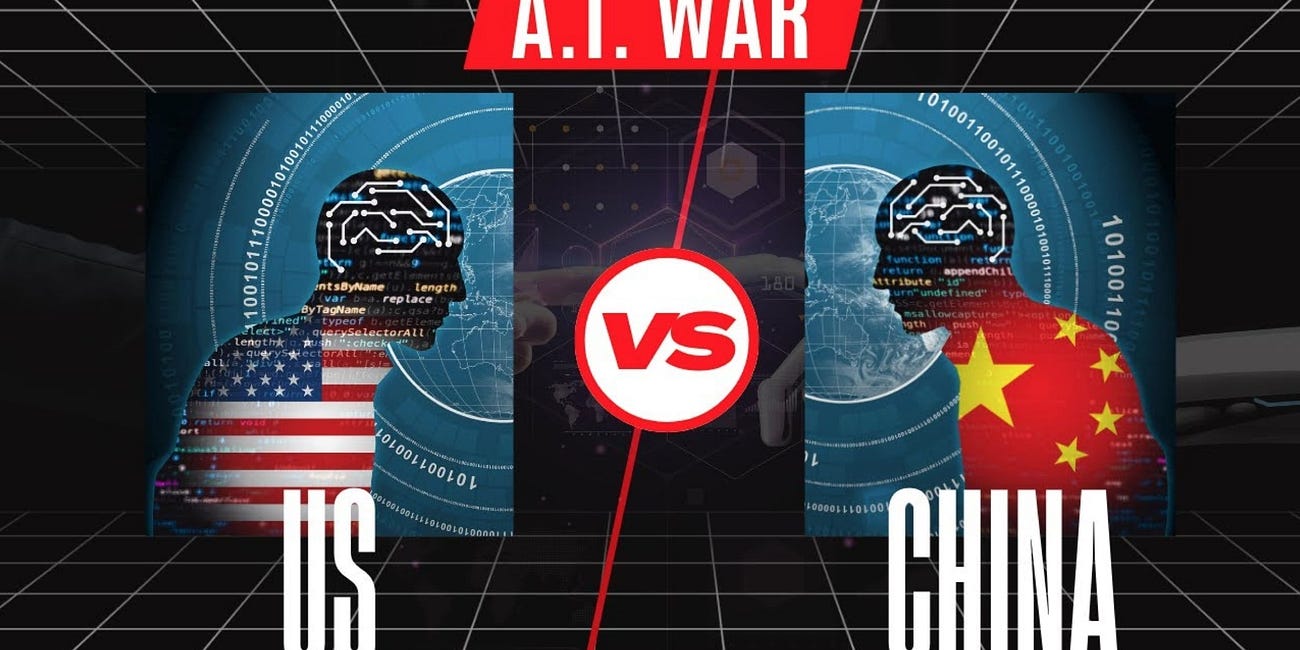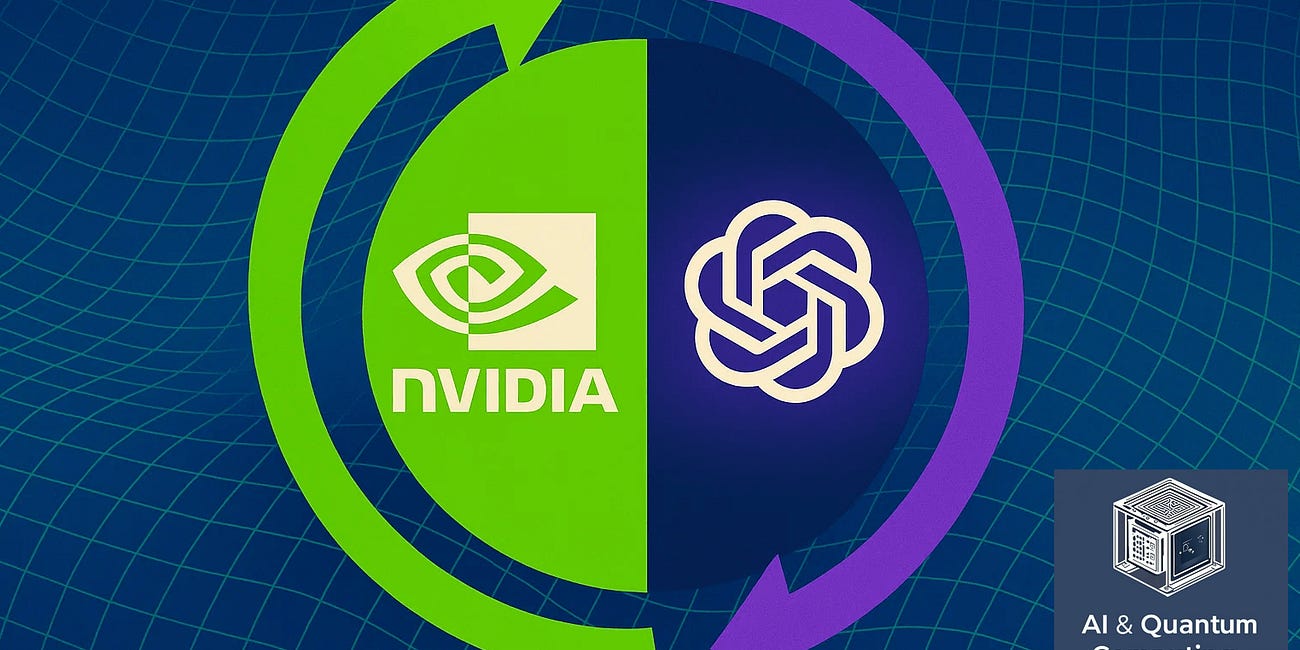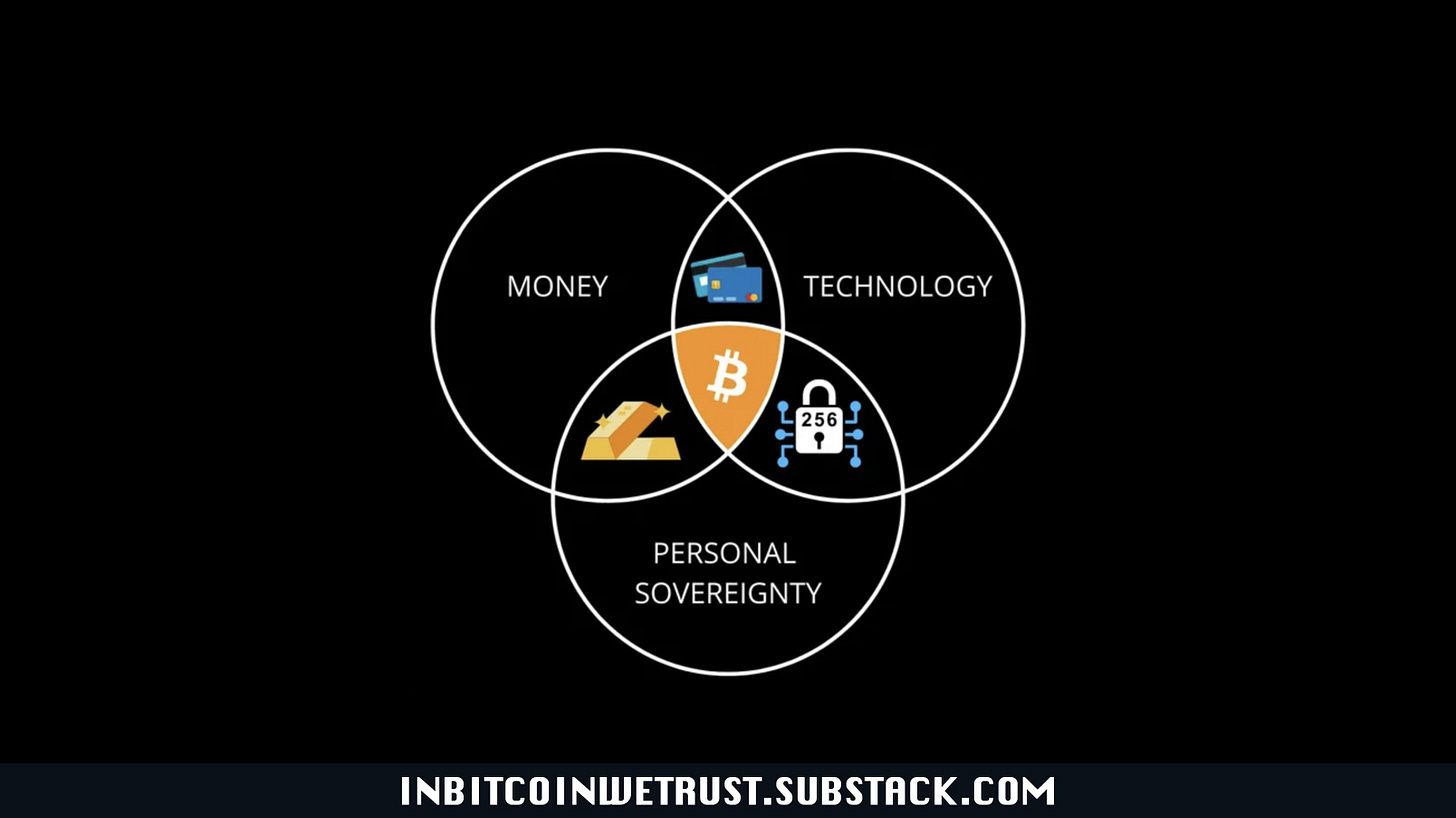The King is Dead: How Nvidia Built an Empire on the Ashes of Moore's Law.
The age of general-purpose computing is over. The age of accelerated computing has begun.
The king is dead. Long live the king.
For over half a century, the world of technology marched to the steady, predictable beat of a single drummer: Moore’s Law. It was the engine of progress, the golden rule that made our phones smarter, our computers faster, and our digital world exponentially more powerful year after year. But that drumbeat has faded. The law that defined an era of computing is broken, its physical limits reached.
In its place, a new monarch has been crowned.
One year ago, Jensen Huang, the leather-jacket-clad founder and CEO of Nvidia (NVDA), made a statement that, at the time, seemed like hyperbole to many. “People don’t understand Nvidia,” he said. “We at Nvidia invented a totally new form of computing; the old computing model is dead.”
Today, with Nvidia commanding a market capitalization of $4.3 trillion—a figure that eclipses the GDP of most nations—his words resonate not as arrogance, but as a profound and proven truth. I didn’t fully grasp it then, but today the picture is crystal clear. Nvidia’s ascent is not just a story of a successful company; it is the story of a paradigm shift, a fundamental rewriting of the rules of computation. The age of general-purpose computing is over. The age of accelerated computing has begun.
It's a Power Race, Stupid: How America Lost AI War Against China.
The debate in Washington and Silicon Valley about the race for artificial intelligence supremacy is a masterclass in missing the point. It’s a flurry of activity focused on ethics committees, antitrust lawsuits, and the phantom menace of social media apps, all while the true nature of the competition is ignored.
The Unstoppable Engine: The Reign of Moore’s Law
To understand the revolution, you must first understand the old regime. In 1965, Gordon Moore, the co-founder of Intel, made a deceptively simple observation. He noticed that the number of transistors—the microscopic on-off switches that are the fundamental building blocks of a processor—that could be squeezed onto a semiconductor chip was doubling roughly every 18 to 24 months.
This wasn’t a law of physics; it was an economic and observational projection. Yet, it became a self-fulfilling prophecy that the entire tech industry organized itself around. More transistors meant more processing power and greater energy efficiency at a lower cost. This predictable, exponential growth fueled everything we consider modern. It took us from room-sized mainframes to desktop PCs, then to laptops, and finally to the supercomputers we carry in our pockets. Intel, as the chief practitioner of this law, became the undisputed king of the computing world, its name synonymous with the very brains of our machines—the Central Processing Unit (CPU).
For five decades, this model worked flawlessly. The CPU was the all-powerful, general-purpose master of the machine, capable of handling any task thrown at it, from word processing to complex calculations. Each new generation of chips, smaller and denser than the last, promised a leap in performance. But no dynasty lasts forever.
Hitting the Atomic Wall
The relentless march of Moore’s Law has run headfirst into the unyielding laws of physics. Chip features are now measured in nanometers (nm), a scale so infinitesimal it defies easy comprehension. Today’s most advanced chips are built on a 3nm process, with 2nm technology on the horizon. To put that in perspective, a single human hair is about 75,000 nanometers wide. A common virus can be 100nm across. The features on these chips are smaller than biological life’s most basic invaders.
We are approaching the atomic scale. When we reach 1nm and below, we face the bizarre world of quantum mechanics. Electrons, the lifeblood of a transistor, can “tunnel” through physical barriers they shouldn’t be able to cross, causing errors. The sheer density of components generates so much heat that it threatens to melt the chip itself. The cost of building fabrication plants (fabs) to produce these chips has ballooned into the tens of billions of dollars, making further miniaturization economically punishing, if not physically impossible.
The engine has stalled. The predictable doubling of performance from simply shrinking transistors is over. The “old computing model” that Jensen Huang spoke of—relying on a single, ever-faster general-purpose CPU—has hit a wall. Progress can no longer come from brute force miniaturization. A new path was needed.
A New Architecture for a New World: The Rise of the GPU
This is where Nvidia enters the story, not as a direct challenger to Intel in the CPU space, but as the pioneer of an entirely new philosophy: accelerated computing.
The foundational difference lies in the architecture of their respective processors.
A CPU is like a master chef. It has a few extremely powerful and versatile cores, each capable of performing any complex, sequential task with incredible speed and precision. It’s designed to be a jack-of-all-trades, managing the operating system, running applications, and executing instructions one after another.
A GPU (Graphics Processing Unit), by contrast, is like an army of sous chefs. It has thousands of smaller, simpler cores. None of them can match the master chef’s versatility, but they can all perform the same simple task—like chopping vegetables—at the same time. This is called parallel computing.
Nvidia originally designed GPUs to render the complex 3D graphics of video games, an inherently parallel task. To create a realistic image, the computer needs to calculate the color, light, and texture for millions of pixels simultaneously. This was the perfect job for the GPU’s army of cores.
For years, this was seen as a niche. The CPU was the “brain” of the computer; the GPU was a specialized co-processor for pretty pictures. But Jensen Huang and his team saw something deeper. They realized that many of the world’s most complex computational problems—from scientific simulations to financial modeling—were, like graphics, parallel problems at their core. They built CUDA, a software platform that allowed developers to unlock the massive parallel processing power of their GPUs for general-purpose tasks.
They weren’t just building a faster chip; they were building a new computing model. Instead of relying on one master chef to do everything, you could offload the most intensive, repetitive parts of a job to the entire army of sous chefs, freeing up the master chef to manage the overall process. This is accelerated computing, and it can solve certain problems thousands of times faster than a CPU-only approach.
AI: The Killer App for Accelerated Computing
For a time, accelerated computing was a powerful tool for a select group of scientists and researchers. Then came the AI revolution, and Nvidia’s niche strategy became the key to the entire future of technology.
Modern Artificial Intelligence, especially the deep learning models that power everything from ChatGPT to self-driving cars, is fundamentally a massive mathematical problem. Training an AI model involves feeding it enormous datasets and having it perform billions upon billions of simple matrix multiplications and other calculations to adjust its internal parameters.
For a CPU—our master chef—this is a nightmare. It’s like asking Gordon Ramsay to personally chop every single onion for a banquet of 100,000 people. He’d be terrible at it because it’s a colossal waste of his versatile skill. For a GPU—our army of sous chefs—it is the perfect job. Each of its thousands of cores can work on a small piece of the math problem at the same time. This parallelism is what makes training large language models possible in months instead of millennia.
Without the powerful parallel processing of GPUs, modern AI would not exist. The future of computing is AI, and the heart of AI is the GPU.
The $1 Trillion Data Center Overhaul
This realization has sent a shockwave through the global technology infrastructure. The world’s largest and most powerful companies—Google, Amazon, Meta, Microsoft, Alibaba, Baidu, Tesla—all built their vast, hyperscale data centers on the old computing model. Their server racks are filled with tens of millions of general-purpose CPUs.
That entire infrastructure, worth an estimated $1 trillion, is now becoming obsolete. To compete in the age of AI, these tech titans must re-architect their data centers around accelerated computing. They are ripping out old CPU-based servers and replacing them with systems packed with Nvidia’s AI-focused GPUs.
This isn’t a minor upgrade; it’s a complete paradigm shift. We are witnessing the largest infrastructure transition in computing history, and it is projected that this upgrade cycle will see at least $1 trillion in new investment by 2030.
And who stands to benefit? With no meaningful competition in the high-end AI GPU market, the vast majority of that spending will flow directly into Nvidia’s coffers. They aren’t just a supplier; they are the sole architects and arms dealers for this new technological arms race.
From Data Centers to Global Economy: The $50 Trillion Prize
The scope of this transformation extends far beyond the tech giants. Currently, an estimated 60% of the world’s GDP is derived from human intellectual or cognitive activity. This represents a staggering $50 trillion opportunity.
The first Industrial Revolution used motors and engines to replace and augment human muscle, transforming manufacturing, agriculture, and transportation. This new AI revolution will do the same for human cognition. AI will not just answer trivia questions; it will discover new drugs, design more efficient engines, create blockbuster movies, manage global financial markets, and conduct scientific research at a scale and speed previously unimaginable.
To power this revolution, we will need to build a new kind of factory: “AI factories.” These won’t have smokestacks; they will be colossal data centers filled with hundreds of thousands of GPUs, churning out intelligence as their primary product.
The economic output of this revolution will be immense. Because AI is vastly more efficient than human cognition, it may only require $10 trillion in capital to generate the same $50 trillion in economic value. By some estimates, about half of that capital—a staggering $5 trillion—will be spent on the core computing infrastructure itself. It will be spent on building the AI factories. It will be spent on Nvidia GPUs.
The New King’s Reign
When Jensen Huang said people didn’t understand Nvidia, he was right. The world was still valuing them as a component maker in the old world order, a provider of graphics cards for gamers. We failed to see that they had methodically built the foundational platform for the next one.
The death of Moore’s Law created a power vacuum. The brute-force approach to computing performance was finished. Nvidia filled that void not with a faster horse but with a completely different engine. Their vision of accelerated computing, once a niche, became the indispensable engine of the AI revolution.
Nvidia’s $4.3 trillion valuation is not a bubble. It is the market’s delayed but forceful acknowledgment of this new reality. The company is not merely selling the picks and shovels in a gold rush. They designed the atomic structure of the gold itself and are the only ones who know how to mine it. The future is being built on a new architecture, and Nvidia is its architect. The king is dead. Long live the king.
The Great AI Illusion: An Investigation into an Economic Engine Running on Empty.
The announcement has the brilliance of a moment that defines an era. Nvidia, the semiconductor titan, is planning a massive $100 billion investment in OpenAI, the leader in generative artificial intelligence. In return, OpenAI plans to acquire an equivalent sum—$100 billion—of four to five million Nvidia chips.
The Enemy in the Mirror: Your Biggest Bitcoin Risk Isn’t Who You Think.
Here are the 11 cardinal rules of Bitcoin self-sovereignty.
AI Is Killing the Web, and We're Looking Away: Chronicle of a Death Foretold.
Imagine the scene. Tomorrow morning, you wake up, grab your coffee, and open your laptop to check your favorite news sites, read a few blog posts, or browse a niche forum. But instead of the familiar content, you find only blank pages, 404 error messages, and the deafening silence of a digital graveyard






Interesting as I was just talking to a colleague about the paradigm shift from CPU to GPU. This article summarized everything Jensen said in the bg2 podcast so you might want to add that as a source. I wonder why GPUs didn’t get all this attention when they were introduced ? Did we have to wait for OpenAI to show Big Tech the value GPUs bring?